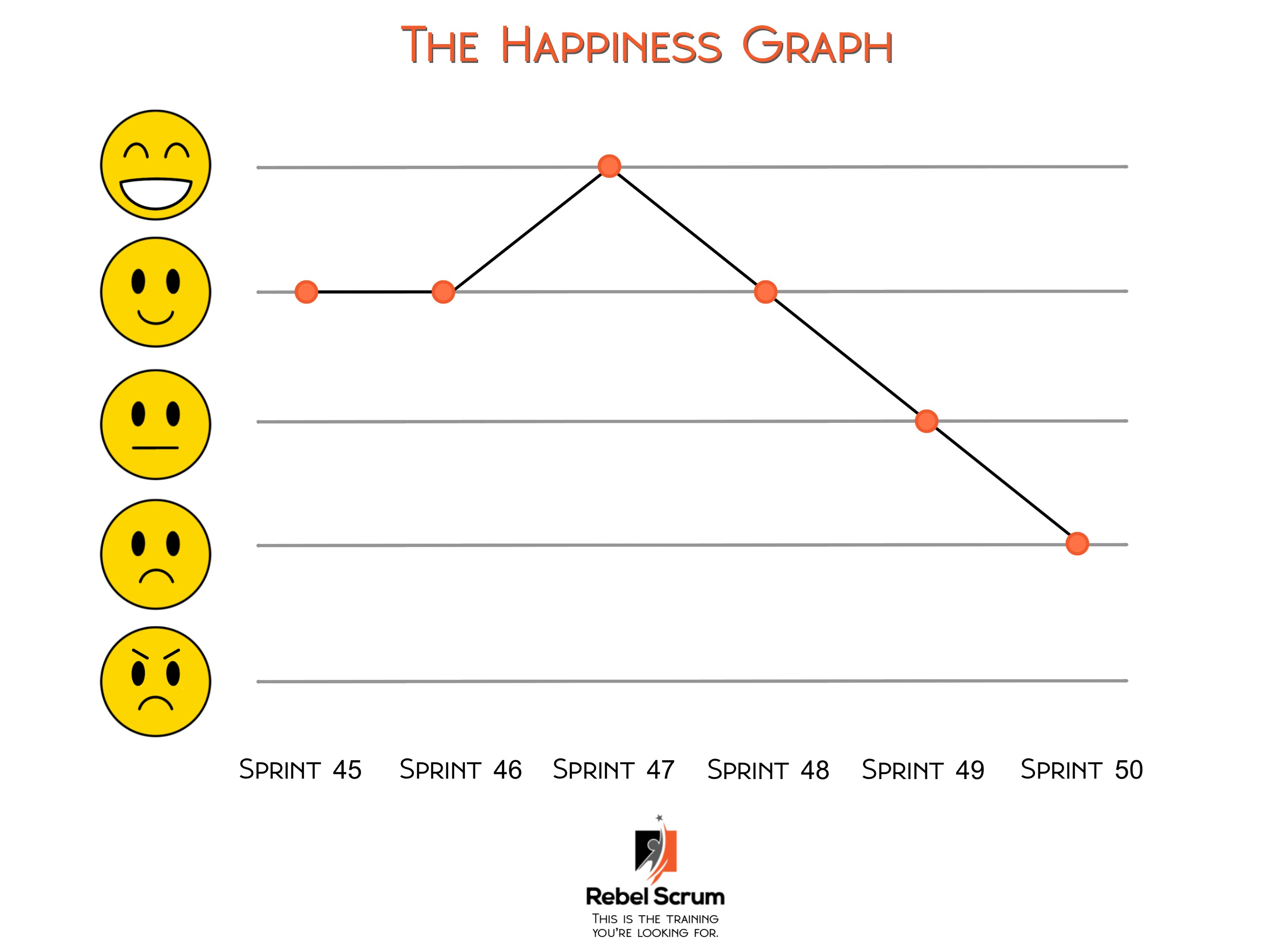At the heart of Scrum lies the Retrospective, a crucial event where teams reflect on their work and identify areas for improvement. One often overlooked opportunity at the Retrospective is measuring employee satisfaction. This article highlights the significance of incorporating employee satisfaction measurement into Retrospectives and how it can contribute to team success.
1. Simplicity in Measurement
Gauging employee satisfaction need not be an arduous task. A simple thumbs-up, thumbs-down, or 'meh' rating system can effectively capture sentiment. These straightforward indicators provide a quick snapshot of team members' feelings. Graphing these ratings over time unveils trends, revealing periods of high and low satisfaction. Additionally, utilizing a Likert scale, which offers a range of responses from strongly agree to strongly disagree, can provide more nuanced insights into employees' perceptions.
The Likert scale serves as an excellent example of a measurement tool. With its balanced structure, it allows team members to express their opinions on a graduated scale. For instance, team members can rate statements such as "I am satisfied with the team's collaboration" on a scale of 1 to 5, where 1 indicates strong disagreement and 5 signifies strong agreement. This approach captures subtleties that a simple thumbs-up or thumbs-down cannot.
2. Early Detection of Issues
Satisfaction levels within a Scrum Team can act as leading indicators of underlying problems. A dip in employee satisfaction could signify deeper issues such as declining quality or impending customer dissatisfaction. A team that is no longer content with their work environment or processes may become disengaged, impacting their ability to deliver high-quality results.
Imagine a scenario where employees begin to express dissatisfaction with their workload or communication within the team. These concerns might seem temporary at first glance, but if left unaddressed, they could escalate into substantial impediments to productivity. By regularly measuring employee satisfaction during Retrospectives, teams can bet a better understanding of how widespread and significant changes in employee satisfaction are. The Retrospective is an opportunity to get visibility into satisfaction trends and proactively address issues before they balloon into more significant challenges.
3. Nurturing Continuous Improvement
The essence of Agile methodologies lies in continuous improvement. Scrum Teams aim to refine their processes with each iteration, striving for optimal efficiency and value delivery. However, this pursuit becomes arduous when employees are dissatisfied. Discontented team members are less likely to invest energy into the introspective analysis required for improvement. Their focus may shift from innovative solutions to mere survival, hampering the team's progress.
By incorporating employee satisfaction measurement into Retrospectives, teams create a conducive environment for improvement. Satisfied team members are more engaged, creative, and open to change. They bring enthusiasm to the table and are more willing to contribute ideas to enhance processes. A workforce that feels valued and content is better poised to collaborate and drive continuous enhancement.
Conclusion
In the ever-evolving landscape of Agile practices, Scrum Teams must adapt and refine their processes continually. One often underestimated factor in this journey is measuring employee satisfaction. The simplicity of measurement tools like thumbs-up, thumbs-down, or Likert scales make this assessment an achievable task. More importantly, employee satisfaction acts as a barometer for potential problems and a catalyst for continuous improvement. By recognizing the significance of measuring employee satisfaction during Retrospectives, Scrum Teams can foster a harmonious work environment that thrives on innovation, collaboration, and sustainable growth.
Don’t miss out on the Scrum Day event coming to Madison, Wisconsin, on September 14, 2023. This isn't your same old conference. Scrum is a team sport, so this conference has something for Scrum Masters, Executives, Product Owners, Developers and those who are just curious about Scrum.
- Morning keynote is a series of guided discussions designed to help make new connections while advancing your practice
- Lunch keynote is Scrum.org CEO Dave West , who will be speaking to developing individuals for successful Agile teams
Break-out sessions include topics for Executives, Product Owners, Scrum Masters and Developers from thought leaders in Scrum. Get your tickets today before they are gone!


